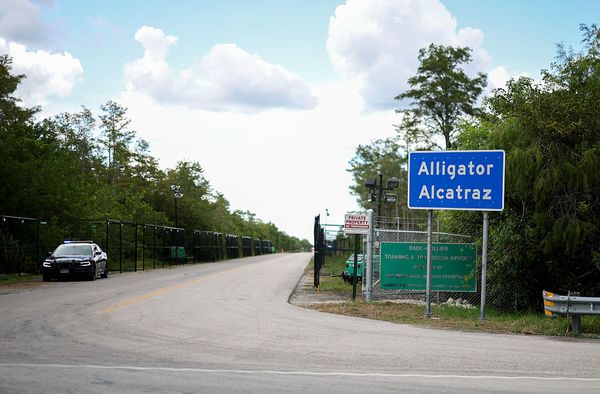

In a pretty public battle of the telcos, communications giant Telstra has been accused of misleading Australians for more than a decade over its mobile coverage claims, with competitor Vodafone calling for a regulatory investigation.
Vodafone, which is owned by TPG Telecom, is alleging misleading and deceptive conduct by Telstra over the last 15 years.
It said it has made a complaint to the Australian Competition and Consumer Commission (ACCC) and that it is also considering legal action to require Telstra to cease the conduct and pay compensation.
In a statement on Monday, Vodafone claimed Telstra and its brand Boost Mobile advertise coverage for 99.7 per cent of the Australian population, but said this figure is based on signal strength that usually requires a special external antenna and powered repeater.
In using such an antenna, Telstra has been “dramatically overstating” the geographic reach of its mobile network “by as much as 40 per cent”, it alleged.
Putting this into perspective, Vodafone alleged Telstra appear to have been overstating their network coverage by as much as the size of New South Wales, Victoria and ACT combined (read: by nearly one million square kilometres, according to the telco).

Kieren Cooney, group executive for consumer, data and analytics at TPG Telecom, claimed Telstra has “tricked” Australians into paying top dollar “for coverage they simply can’t get on a regular mobile phone”.
“Telstra’s conduct could have misled consumers into believing they can get coverage in places that require special equipment,” Cooney said in the statement on Monday.
“By overstating the coverage available to most Australians by such an enormous amount, Telstra and its resellers have no doubt retained customers or attracted customers that might otherwise have chosen Vodafone or other TPG Telecom brands such as TPG, Felix, Lebara and Kogan.”
In its statement, Vodafone further pointed out that Telstra recently changed its website with regards to its coverage claims and the use of an antenna.
On April 16, the website stated Telstra built “Australia’s largest and most reliable mobile network, covering 99.7 per cent of the Australian population”, with a coverage area of “three million square kilometres” that was “one million square kilometres more than any other network”.
Less than a month later, by May 12, Telstra’s website was changed to include “when using an external antenna,” with a mobile network “one million square kilometres more than any other mobile network”.
“By making these changes, Telstra has effectively accepted the earlier claims were misleading, however, Vodafone does not believe the changes have addressed the misleading conduct,” TPG’s Cooney said.


In a statement to ABC News, Telstra confirmed it updated its website after being contacted by Vodafone. However, it said any suggestion it had misled the public about the size of the network was “completely untrue.”
“Now that Vodafone has communicated to us how it’s chosen to calculate its coverage footprint, to help the public understand the difference, we’re highlighting that our three million square kilometres of coverage is based on using an external antenna,” a spokesperson said.
“No matter how you look at it, Telstra’s mobile network covers more of Australia than any other.
“On any measure, Telstra’s network is at least one million square kilometres larger than Vodafone’s — that’s an area more than 14 times the size of Tasmania.”
The Australian Communications Consumer Action Network (ACCAN) has also backed Vodafone’s calls for the ACCC to intervene.
“Many Australians, particularly in regional and remote areas, sign up for expensive plans with Telstra because they believe it’s the only option for reliable coverage.
“If this allegation is true — and the coverage advantage is not as big as people have been led to believe — regional consumers would be forgiven for feeling betrayed,” said Carol Bennett, ACCAN chief executive, in a statement.

An ACCC spokesperson told news.com.au it was “considering the specific issues raised by TPG” and that it “recognises the importance of accurate mobile coverage claims, particularly for regional and remote consumers”.
They also pointed out mobile operators don’t have a standardised or consistent approach to the coverage maps they publish.
“We continue to urge mobile operators to provide comparable coverage maps, which would enable consumers to compare mobile networks on a like-for-like basis,” the ACCC spokesperson said.
“There is no legal requirement for mobile network operators to provide this, but the ACCC has been advocating for more transparency for consumers for some time.”
PEDESTRIAN.TV has reached out to Telstra for comment.
Lead image: Getty
The post Vodafone Accuses Telstra Of Misleading Australians With Its Coverage Claims appeared first on PEDESTRIAN.TV .







